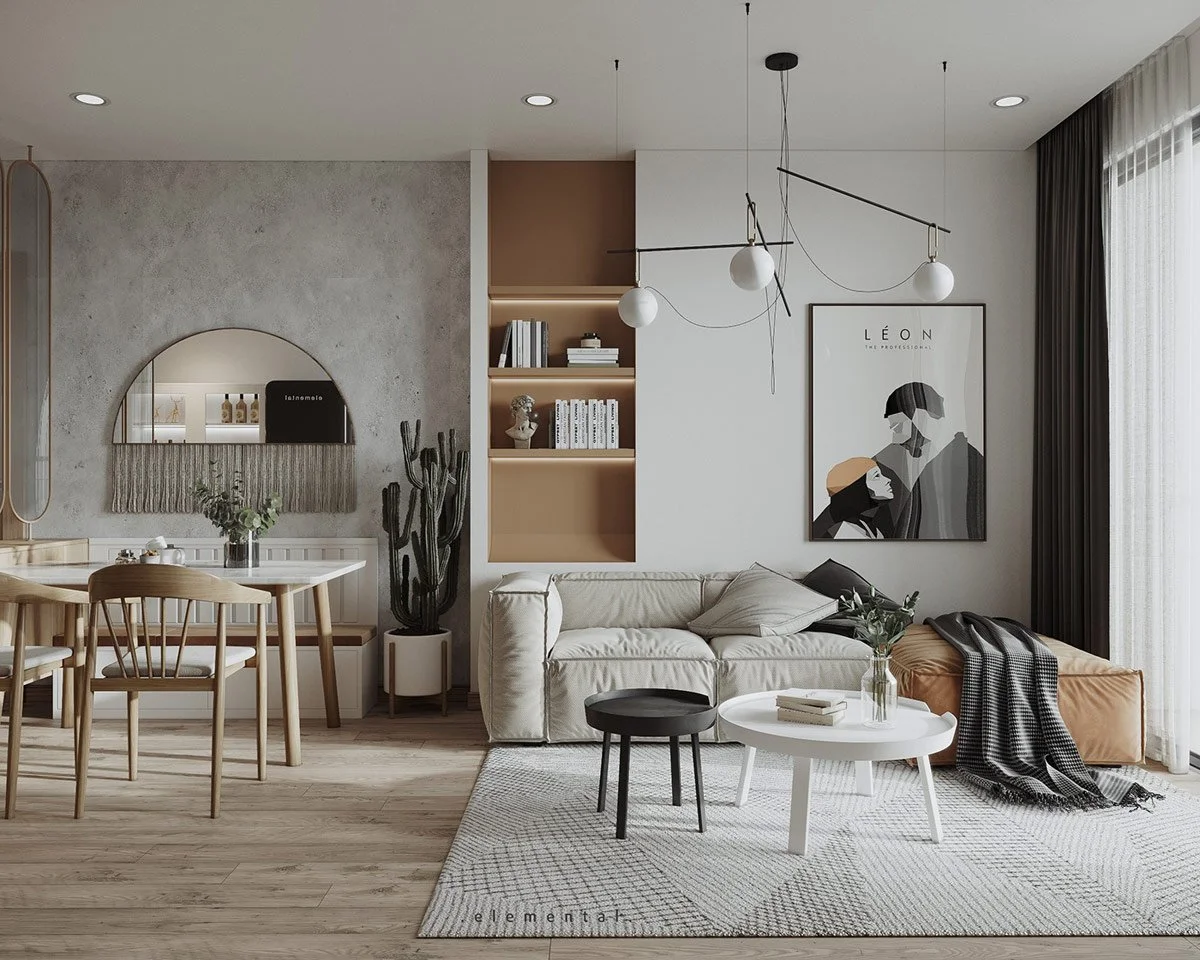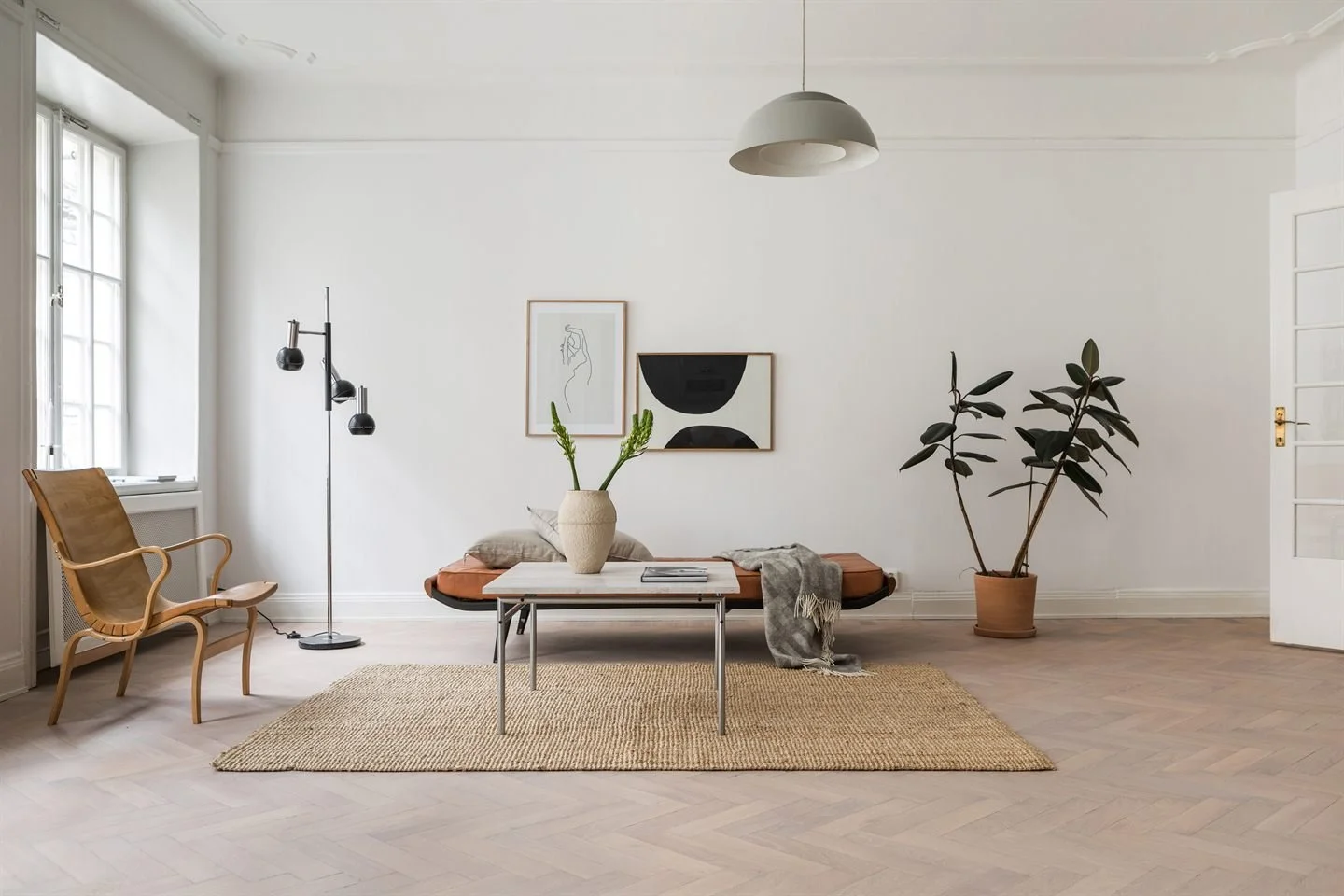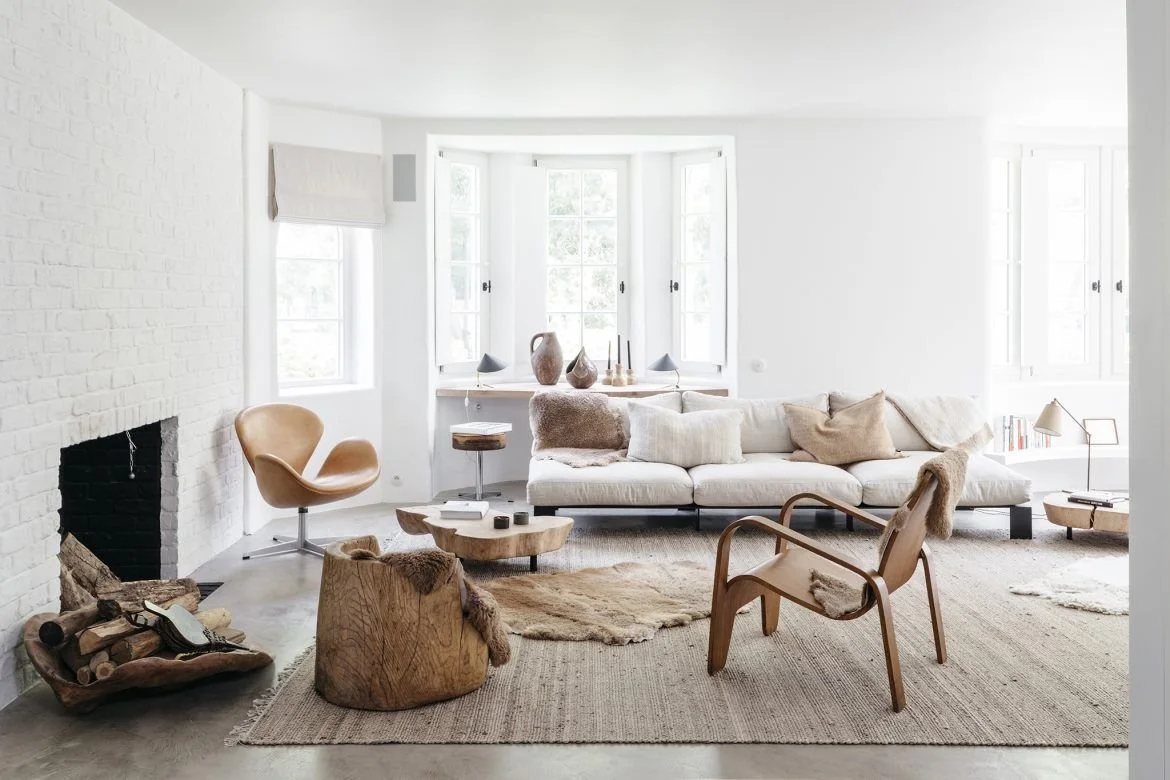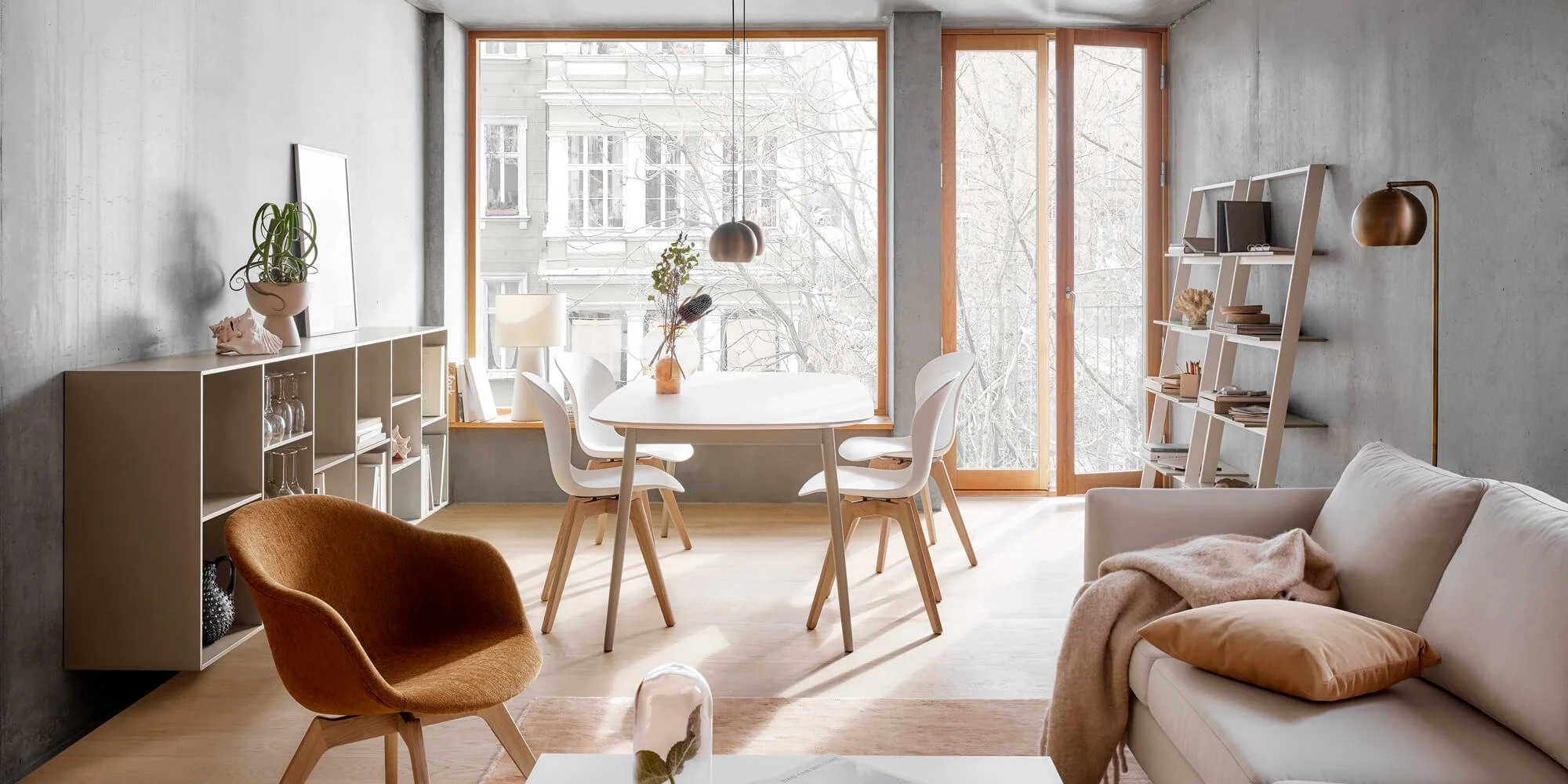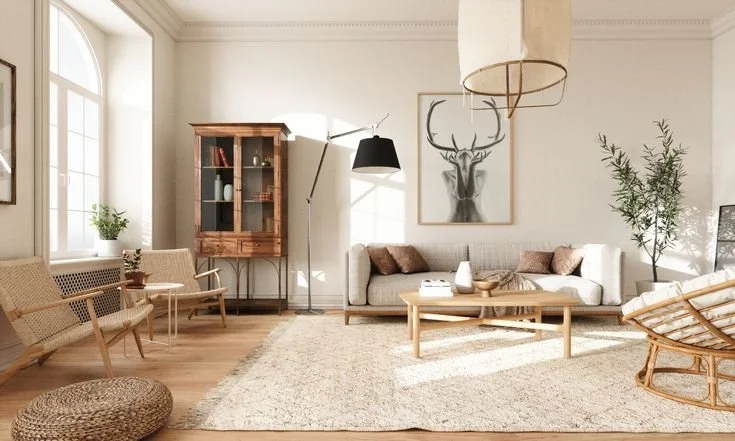Clean, crafty and timeless are the three words that can best define the Japandi style interiors.
In a life of clutter and confusion, let’s ‘Japandi’ our houses..shall we?
Japandi is one of a kind, hybrid home décor style that merges the principles of Japanese and the elements of Scandinavian décor together. Hence, clearly, the word “Japandi” is mined out of both of these words. In this article, we - home interior designers in Noida, present to you a comprehensive view of what Japandi Style is, its inspirative roots and how it can be implemented effectively to your home.
Clean, crafty and timeless are the three words that can best define the Japandi style interiors.
Japandi is one of a kind, hybrid home décor style that merges the principles of Japanese and the elements of Scandinavian décor together. Hence, clearly, the word “Japandi” is mined out of both of these words. If you want your home interiors to look timeless, classic and elegant in its truest form, Japandi Style is the way to go!
A crisp design idea, adopted by numerous home interior designers in Noida, named as the Japandi Style
Source: https://www.dezeen.com/2021/07/24/ten-elegant-living-rooms-japandi-interior-design-lookbooks/
Understanding Japandi
Grace and minimalism are main features of Scandinavian design. The former’s mix with the aesthetically appealing look of Japanese décor gave birth to a simple and aesthetic new style entitled: Japandi Style. This sophisticated style of the interior is one of the hottest trends in the market today, and is being extensively used by the home Interior designers in Noida, and all around the world.
Architecture firms in Noida and leading architects of the world, suggest using minimum elements that create a statement.
Source:http://www.home-designing.com/japandi-style-home-interiors-with-cute-kids-rooms
The combination of these two remarkable décor styles create a mashup of interior elements that have travelled from two opposite sides of the globe. However, owing to the similarity in the design aspects that both these styles showcase, the resulting residential space fashioned adorns practicality and approachability, at par with the changing times.
The beauty of imperfections!
Two important philosophies come together to create Japandi: Wabi-Sabi from Japan and Hygge from Scandinavia. Traditional Western aesthetic design focuses on perfectness, aesthetics, best finish, etc.; but, Wabi-Sabi makes you look for beauty in both life and physical objects because of their unique characteristics. Imperfections aren’t a bad thing – they’re embraced as long as they are practical and useful.
Bibity..bobity..boo! Declutter and unclutter your home to introduce Japandi, suggests Architecture firms in Noida
Source:http://www.home-designing.com/the-peaceful-joy-of-the-japandi-aesthetic
In simple words, Japandi focuses on being Uncluttered. You need to shred away non-essential elements. Japandi interiors are minimal - which gives birth to spacious, simple (and aesthetic) rooms.
Japandi interiors are known for their neutral walls. If you look at this picture you can understand that walls are like plain canvas here and furniture are minimalistic and only useful objects are kept for décor purposes.
Create an impact with bare minimum
Minimalism is the core of Japandi style. Use of simplest and fewest elements (furniture, décor) to achieve the most impactful interior design. Japandi furniture designs are meek, low-profile, and contemporary. Common Japandi materials comprise of jute, bamboo, rattan and paper mixed with ceramics, silks and wood. Remember to de-clutter and keep only what is really useful.
One of the primary aspects that every home interior designers in Noida, aim to adopt is to create an impact with minimal yet functional elements
Source:https://www.dsignersacademy.com/blog/japandi-style-get-the-look
Japandi furniture is functional and practical. For example, a coffee table with built-in cupboards and or ottomans that can be used for seating, like side tables and footstools are examples of multifunctional elements to look for while designing interiors of your home. Keeping the walls bare or muted, playing with darker shades of furniture or adding a pop of colour with a plant can bring a big difference to a space.
Furniture can also act as artful statement pieces, according to Architecture firms in Noida
Source:https://www.dsignersacademy.com/blog/japandi-style-get-the-look
You need to mix the coziness of Scandinavian decorations such as soft cushions and throws, with more practical Japanese elements like statement vases and some fascinating artworks. You can experiment by combining rounded shapes with angled silhouettes and some changing tones of neutrals with some classic wood tones in darker hues. The vital point is to identify complementary items that are in contrast.
Muted yet mood-altering tones
Japandi lifestyle follows a philosophy - get rid of the confusion and focus on what really matters to you. For a flawless Japandi style interior decor, a base for the color palette should be taken. Neutrals are the best choice! Neutral colors invoke a sense of calmness and serenity. It gives your room a clean look. They make you relax and calm down after a stressful day. Also, the sense of cleanliness helps you to make proper decisions and have a clean mind frame.
Architecture firms in Noida tend to use subtle tones against darker shades to bring about the beauty of each color and portray the concept of Japandi Style accurately
Source:https://www.boconcept.com/hi-in/aboutboconcept/press-lounge/products-and-trends/trend---japandi\
Top 5 colors of the Japandi style:
Soft Neutrals: Warm White or Cream, Ivory, Soft Greys, Blues, and Beiges.
Earth Tones: Muted Shades of Clay, Terracotta, and Taupe.
Warm Wood Grain: Cedar and Red Pine (darker woods) & Oak and Teak (light woods).
Muted Green: Organic Shades of Green, Soft Sage, and Green-grey.
Dark Contrast: Granite, Indigo, and Black.
But the darker shades must be in minimal quantities as compared to lighter shades.
Natural textures against a pristine white wall, yet another simple yet classic Japandi aspect adopted by many home interior designers in Noida
Source:http://www.home-designing.com/japandi-style-home-interiors-with-cute-kids-rooms
Advertising natural materials
Japandi interior designing comprises natural fibres and furniture made of natural materials such as bamboo and wood. The use of handmade pottery is very popular as décor items. This style perfectly establishes natural elements with clean lines and solid muted colours. Japandi Style strongly supports the sustainability and eco-friendly aspects of any material used. That is why they are built from long-lasting real wood and metal, so it lasts for a long time instead of ending up in a dumpyard.
Home interior designers in Noida state that natural materials have the potential to impart a striking yet rustic appeal to any interior design, which is utilised in Japandi Style
Source:https://www.dsignersacademy.com/blog/japandi-style-get-the-look



